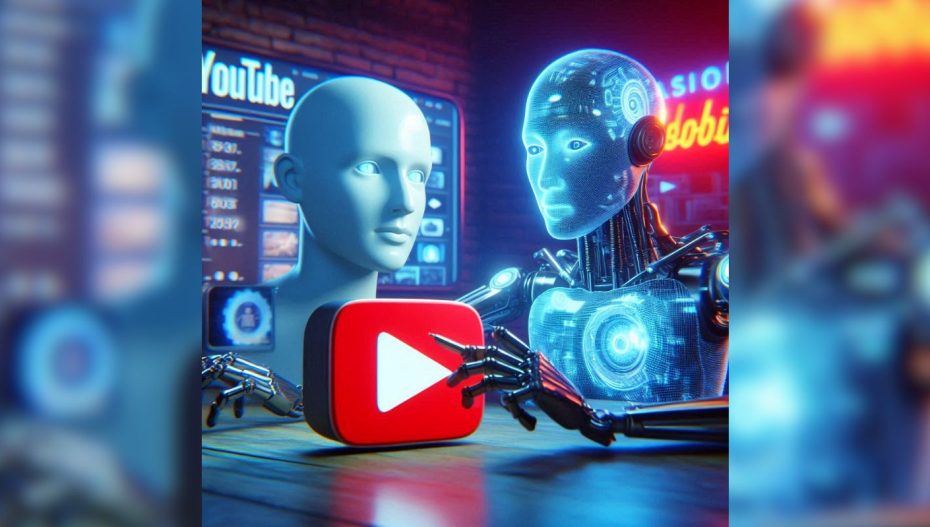YouTube has released a series of updates to help users recognize AI-generated content, addressing concerns about potential false information. The new rules shall require creators to disclose when their videos were made or changed with AI. The platform will also allow users to request the removal of certain AI-generated content via a privacy request mechanism.
This transparency is especially important for content dealing with sensitive themes like elections, ongoing conflicts, public health crises, and prominent figures. These modifications will be introduced over the next few months, with creators required to clearly label AI-generated content.
To support this initiative, YouTube will prominently label the video player and description panel, indicating that the content has been altered or artificially created. The goal is to prevent viewers from being misled by AI-generated media and ensure they understand the nature of the content they are watching.
In cases where labelling alone may be insufficient. YouTube will take a strict approach. Certain synthetic media will be removed from the platform if it violates Community Guidelines, regardless of whether it has been labeled as AI-generated. This will highlight YouTube’s commitment to maintaining content integrity and protecting viewers from potential harm.
YouTube is also empowering users to request the removal of specific AI-generated or altered content. The privacy request process will be evaluated based on factors such as whether the content is parody or satire, the uniqueness of the requester’s identity, and whether it features public officials or well-known individuals. Creators who fail to comply with the new disclosure requirements may face penalties, including content removal and suspension from the YouTube Partner Program or other disciplinary actions.
The firm stated, “If a privacy complaint is filed, YouTube may give the uploader an opportunity to remove or edit private information within their video. We will notify the uploader about the potential violation and may, at YouTube’s discretion, give them 48 hours to act on the complaint. During this time, the creator can utilize the Trim or Blur tools available in YouTube Studio. If the uploader chooses to remove the video, the complaint will be closed. If the potential privacy violation remains, the YouTube Team will then review the complaint.”
Also Read: Ahmedabad Business Owner Files Complaint Over Counterfeit Azithromycin Tablets Worth Rs 1.47 Cr











